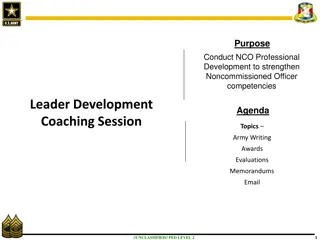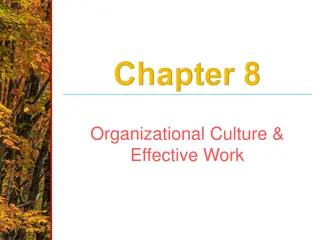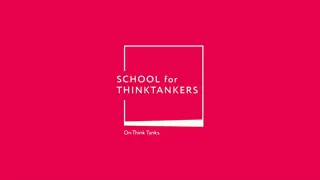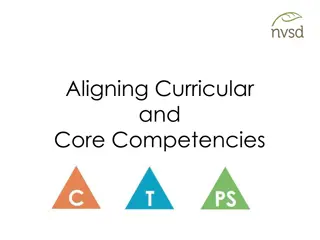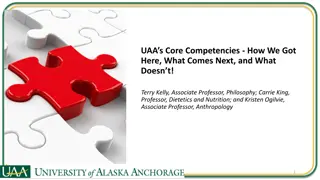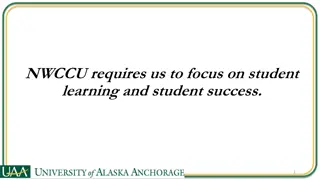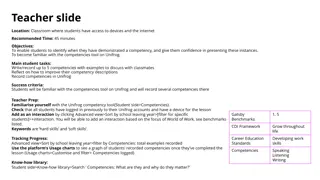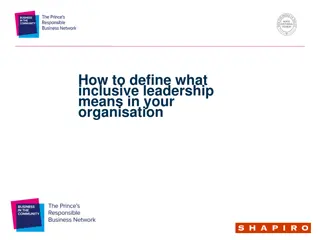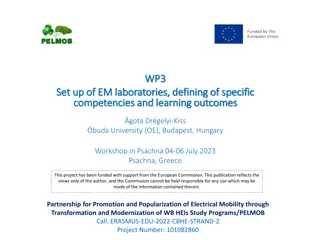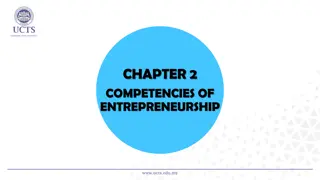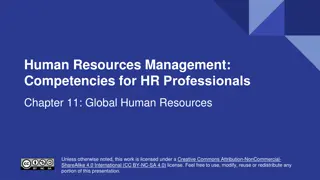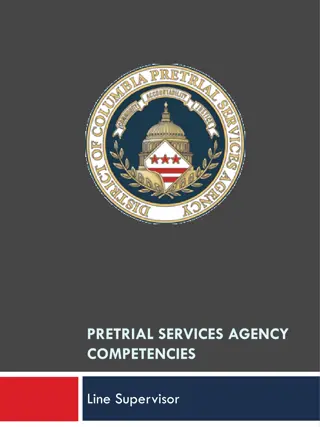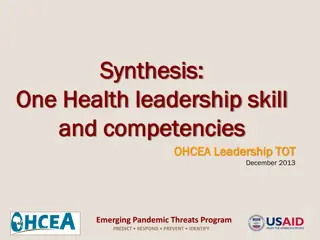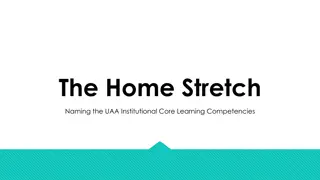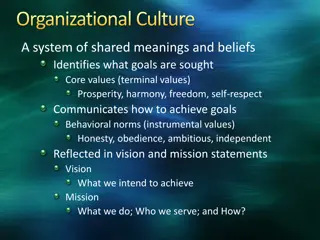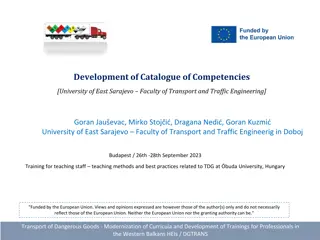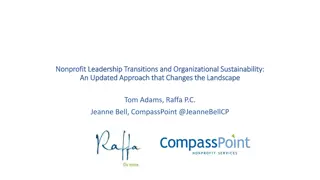Strategies for Organizational Competencies
Delve into the dynamics of egoism, competition, cooperation, and co-creation in human interactions. Discover various attitudes, abilities, and integration processes that shape stability, altruism, and effectiveness. Uncover the theory of vitality pyramids, competency rules, and troubleshooting in management practices. Explore the synergy between crisis, integration, and motivation in organizational structures. Reflect on the importance of competencies in achieving success or failure in companies. Understand the strategic roles of leaders, managers, and performers in driving organizational performance.
Download Presentation

Please find below an Image/Link to download the presentation.
The content on the website is provided AS IS for your information and personal use only. It may not be sold, licensed, or shared on other websites without obtaining consent from the author.If you encounter any issues during the download, it is possible that the publisher has removed the file from their server.
You are allowed to download the files provided on this website for personal or commercial use, subject to the condition that they are used lawfully. All files are the property of their respective owners.
The content on the website is provided AS IS for your information and personal use only. It may not be sold, licensed, or shared on other websites without obtaining consent from the author.
E N D
Presentation Transcript
Qualities (the way we are) value claiming egoism value Competition Me>0, You<0 Cooperation Me>0, You>0 co-creation Person (human resources bearer) DYNAMICS Attitudes (what we want, what we believe in) Abilities (what we know and can do) Inte grati on Passivity Me=0, You=0 Syner getiza tion Habilitati oppression Me=0 STABILITY altruism Synergy EFFECTIVITY Processes Activity on Destruction Me<0, You<0 Yielding Me<0, You>0 value value offering Motivation Services Products destruction USEFULNESS self-destruction Resources Order Orientation You=0 Definition Clients Customers Trust Money PV215 - 13 2
Theory of vitality pyramids interaction Theory of constraints Competency rule Roles and tasks Troubleshooting Management by Competencies PV215 - 13 3
crisis eqi. Integra tion stability Synergeti zation Dynamics Habilitation Stability structures structures Motivation Effectivity resources resources processes processes Orientation products products Usefulness needs needs Definition subjects subjects PV215 - 13 4 (C) J. Plam nek
Dynamics? no yes no Dynamics! Stability! Consultation! yes Stability? Usefulness? yes Effectiveness! no Usefulness! yes no Effectiveness? (C) J. Plam nek PV215 - 13 5
Every success or failure of any company corresponds to the competencies of people responsible for company performance (R. Fi er) competence= resources + labor (C) J. Plam nek PV215 - 13 6
strategic frame Role of Leader Role of Manager monitoring goals ways tasks evaluation internal resources internal products Role of Performer (C) J. Plam nek PV215 - 13 7
2 strategic frame definition strategic frame selling tasks PV215 - 13 8
define products integrate people define processes synergetiz e people define resources 12 habilitate people define structures tasks motivate people define feedbacks orientate people define feedfwds define tasks and competen cies PV215 - 13 9
performance 3 tasks care of own resources provision of special resources PV215 - 13 10
Business hypothesis Values and Rules Mission Strategic frame Strategy Vision (C) J. Plam nek PV215 - 8 11
Busines s hypoth esis Values and Rules Mission Strategi c frame Strateg y Vision Operational Strategic Interval Operational Strategic Interval First DSI* First DSI* Second DSI* Second DSI* Third DSI* Third DSI* Leaders (define strategy) Managers (design processes) Workers (performance) training resources defined defined defining training resources defined defining - training resources realizing - - * DSI Developing Strategic Interval here and now (C) J. Plam nek PV215 - 8 12
competency rule pyramid of culture I S H M O D ! theory of constraint functional model What What When When Who Who ! D theory of constraint realization project S E U (C) J. Plam nek pyramid of vitality PV215 - 13 13
Methodology competency rule competency rule ! Tactics theory of constraint theory of constraint I S H M O D D S E U Strategy theory of vitality theory of vitality (C) J. Plam nek PV215 - 13 14
TOP management financial indicators revenues -> profit/loss <- costs internal processes indicators average time to market number of complaints quality product cost service innovation pace ... primary process, management of management of customer indicators number of new customers average size of order new products ratio number of loyal customers ... and marketing development, logistics, IT, ... sales learning and growth indicators competencies/resources abilities attitudes qualities all managers Balanced Scorecard PV215 - 9 15
Importance of competencies Pyramids and their relationships How to control company development When to use MbC PV215 - 13 16
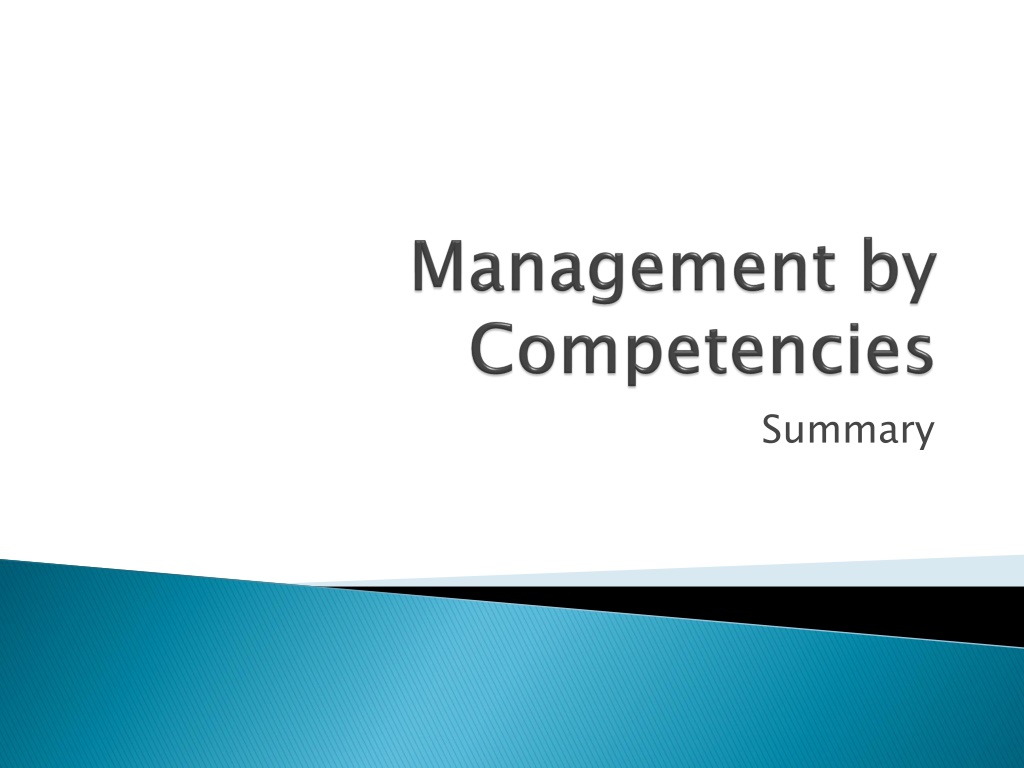
 undefined
undefined



